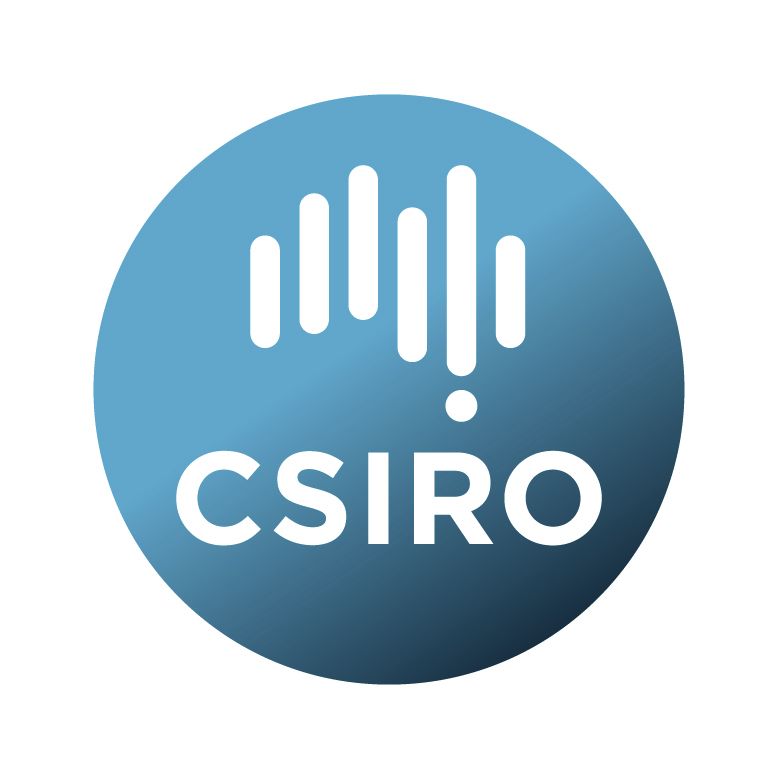Brief description
Collection: This collection contains a suite of models and datasets for regionally specific State and Transition Models (STMs) developed during the pilot phase of the Ecological Knowledge System (EKS) project. The EKS is a partnership between CSIRO and the Department of Climate Change, Energy, the Environment and Water (DCCEEW) to establish a transparent and authoritative source of information, biodiversity assessment and forecast capability for the Nature Repair Market (the market). STMs are used in the EKS to synthesise knowledge about the dynamics, management, and restoration of ecosystems.The three pilot regions were the Burnett-Mary Natural Resource Management (NRM) region in southern Queensland, the North-Central Catchment Management Authority (CMA) region in Victoria, and the Brigalow north and south IBRA region in central east Queensland. STM information for the Burnett-Mary NRM and the North-Central CMA are currently included in this collection. Information for the Brigalow region is being prepared for publication.
This collection comprises two types of information: (1) comprehensive summary reports for STMs developed by the Ecological Knowledge System during the pilot phase, and (2) STM data in JSON and Excel format detailing the states, transitions, and disturbances for each model. The data is the same between the two formats, but they have different purposes. The JSON format is widely used for data interchange between different systems and applications. The Excel format is more convenient for people to read and use and is made available for that reason. Supporting documentation includes a Data Dictionary which defines the different components of this collection and its characteristics.
This data collection is based on research created under the Project An Ecological Knowledge System for the Nature Repair Market scheme, which was funded by DCCEEW. The Commonwealth owns the intellectual property rights in any material developed while carrying out the Project. Copyright is retained by CSIRO (2025)
To cite individual models within this collection, please use the citation specified in the applicable model summary reports.
Background: The EKS uses STMs to organise regional scale understanding of how ecosystem management, such as restoration activities, impact ecosystem condition and biodiversity. STMs are conceptual tools that describe the state of a particular ecosystem (which may vary, for example, from reference to removed, in terms of ecosystem integrity), and the drivers or agents (e.g. management actions, restoration interventions) that cause transitions between states. STMs enable distinction among states that are similar in condition (in terms of departure from reference condition) but differ in ecosystem characteristics (such as species composition, structure, and function). STMs also estimate the expected outcomes of different management interventions over specific timeframes.
They are constructed using the following key components:
•\tReference states: The dynamic state of an ecosystem that has the highest ecosystem integrity
•\tModified states: An ecosystem state that is not in reference condition due to disturbances external to the ecosystem (i.e. exogenous disturbances) such as land clearing or grazing.
•\tTransitions: The pathway through which an ecosystem may pass from one state to another. Transitions can be triggered by disturbances or management interventions external to the ecosystem.
STMs can be used to identify the ecosystem state and the actions that are required to improve biodiversity by restoring ecosystem structure, function, and composition. They can also be used to predict the likely ecosystem state of an activity area after restoration activities have been completed over specific timeframes.
Lineage: The STMs in this collection were developed through expert elicitation of information about ecosystems within each pilot region. Ecosystem types included eucalypt woodlands, eucalypt forests, rainforests, mallee woodlands and tussock grasslands. Elicitation consisted of a 2-day, in-person workshop hosted by CSIRO and DCCEEW in the Burnett-Mary NRM, North-Central CMA, and the Brigalow north and south IBRA regions. Participants were made up of a diverse group of experts in the natural resource management sector, such as on-ground practitioners and conservation managers, as well as ecologists.
During each workshop, experts were asked to describe and quantify ecosystem states, including reference and modified states, and identify and quantify drivers of transition between states. In subsequent online workshops, experts were asked to provide probabilities of transitions occurring between different ecosystem states. Information was then synthesised into an STM framework and peer reviewed.
More information about the EKS and STM methodology are available in the EKS Technical Report (see Related Links).
Another DAP collection includes the STM for forest and woodland ecosystems in intensive agricultural landscapes of temperate and subtropical regions of Australia. This national ‘generic’ STM was used to inform the first Nature Repair Market method (see Related Links). Its development was informed by several regional STMs included in this collection.
Available: 2025-08-15
Data time period: 2023-07-01 to 2025-07-01
Subjects
Australia |
Biodiversity |
Disturbance ecology |
Environmental Sciences |
Ecological Applications |
Ecosystem modelling |
Land use change |
Landscape ecology |
Landscape Ecology |
Nature Repair Market |
Restoration |
User Contributed Tags
Login to tag this record with meaningful keywords to make it easier to discover


